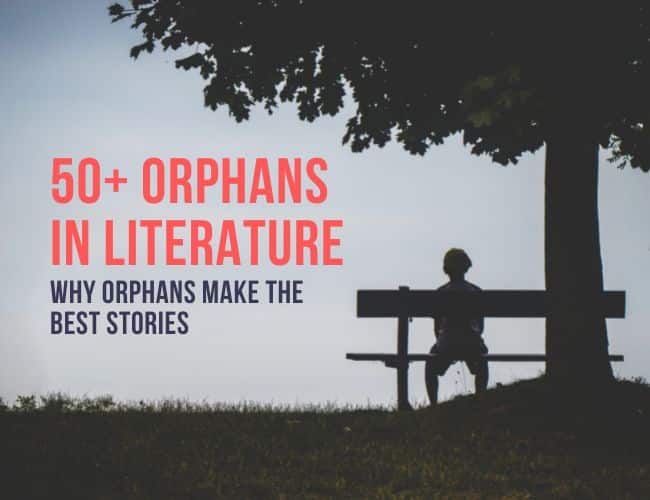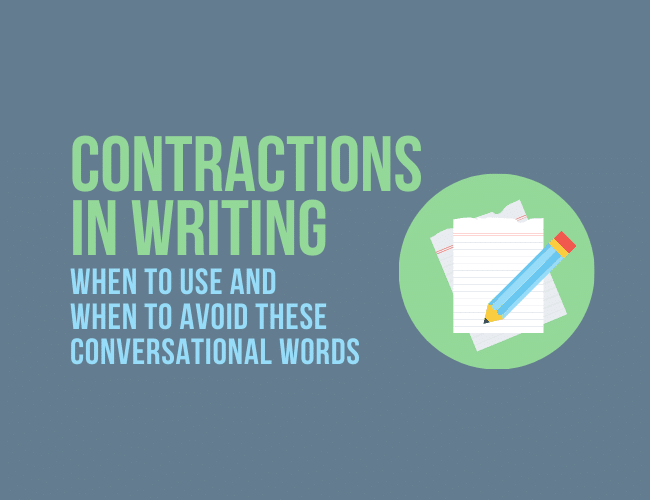
by Joe Bunting |
What do JK Rowling, Christopher Paolini, David Eddings, and Terry Goodkind have in common? They all wrote bestselling novels starring orphans. And this isn’t unique to fantasy. Orphans in literature is a big theme!
Victor Hugo, Charles Dickens, and Mark Twain all used orphans as some of their most memorable characters.
And don’t forget Superman.
In this post, we’re looking at more than fifty fictional orphans, why authors love writing about them, and whether or not you should include them in your story.

by Joe Bunting |
“In fiction, we can help our readers understand our characters’ motivations with clarity… people read fiction—to come to some understanding of why other people act the way they do.”
The question is, do you understand why your characters do the things they do? And are you conveying that understanding to the reader in an interesting way?

by Joe Bunting |
The profession of writing has been around for thousands of years. You would think we would have figured out how to become one by now, right? However, the more you read, the more you realize no one seems to agree on how to become a writer.
Depending on who you listen to, becoming a writer is either the easiest thing in the world (“Just write!”) or a proposition so impossibly difficult that only a combination of talent approaching genius, luck, and years of expensive training (i.e. “Get an MFA!”) can turn your writerly dream into reality.

by Joe Bunting |
I had a conversation with a fellow writer recently about contractions, when they’re appropriate to use and when they should be avoided.
But first, what are contractions? Is there a contractions list?

by Joe Bunting |
Allegory is one of those literary terms you’re pretty sure you learned about in school, but it can be difficult to put it into words. So what is an allegory in literature? Today you’ll be able to define it and identify allegory in some well known examples whether you’re studying allegory for school or for your own writing!




